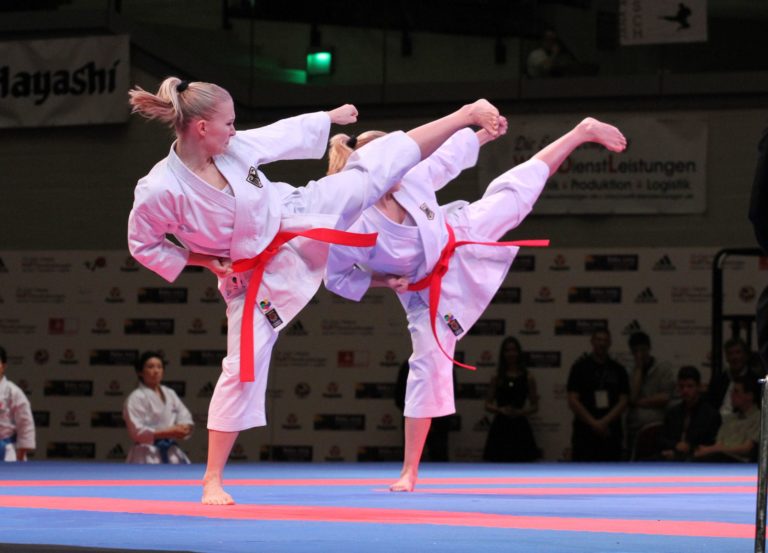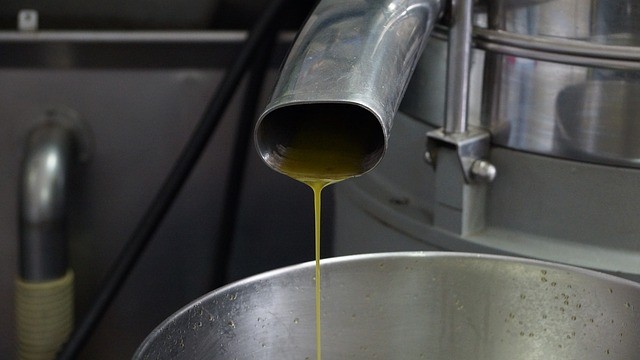Optimal Fueling For Young Athletes (Karate et al)
Optimal Fueling For Young Athletes – Post Talk Notes Presented on April 28, 2012 at Ryokubi Karate Dojo
The following is a copy of my notes from a presentation I gave at my favorite karate dojo in the world, R…



